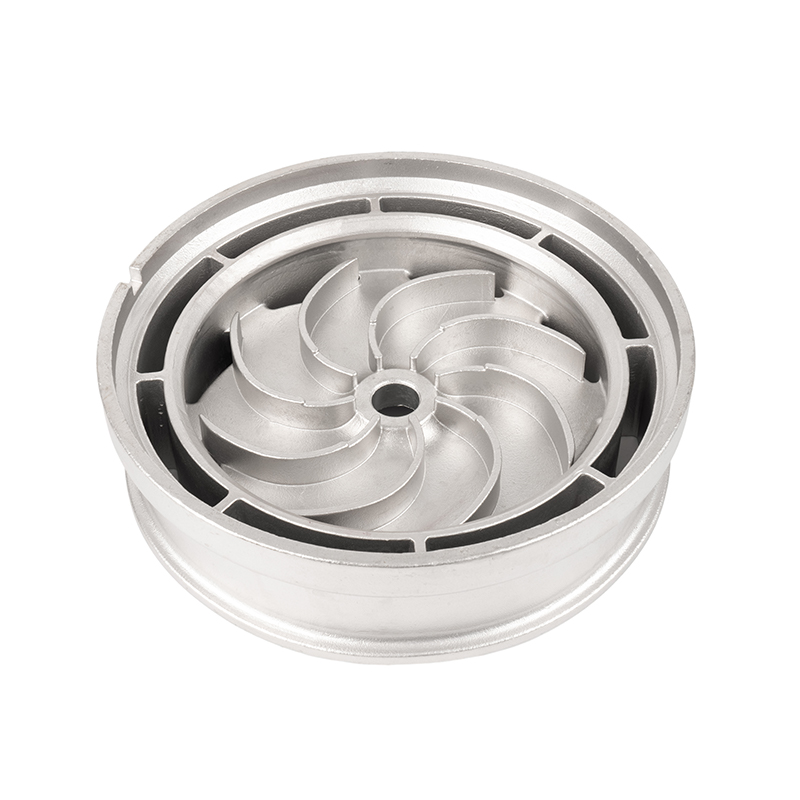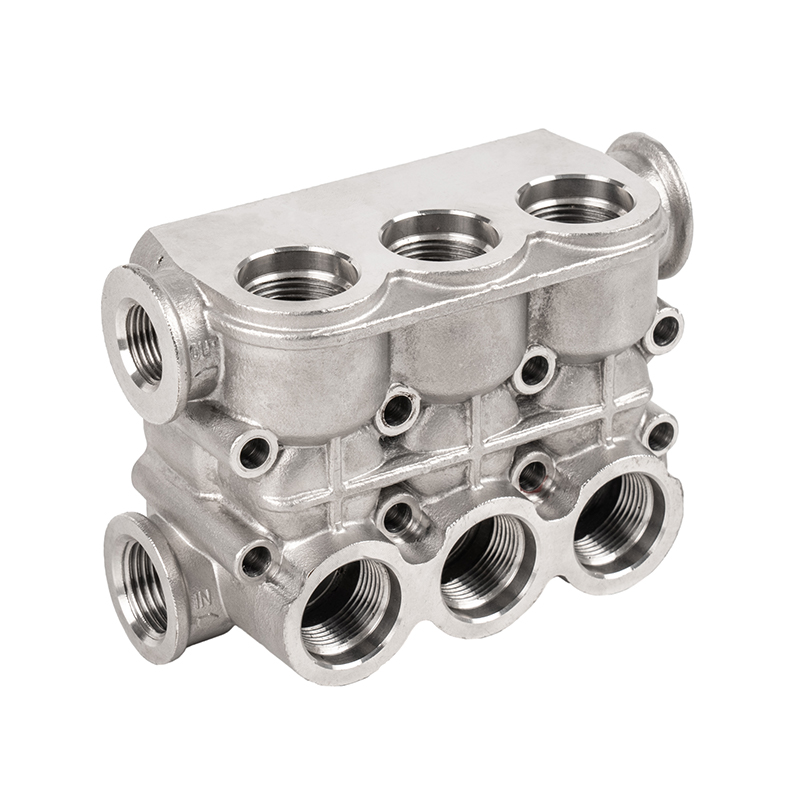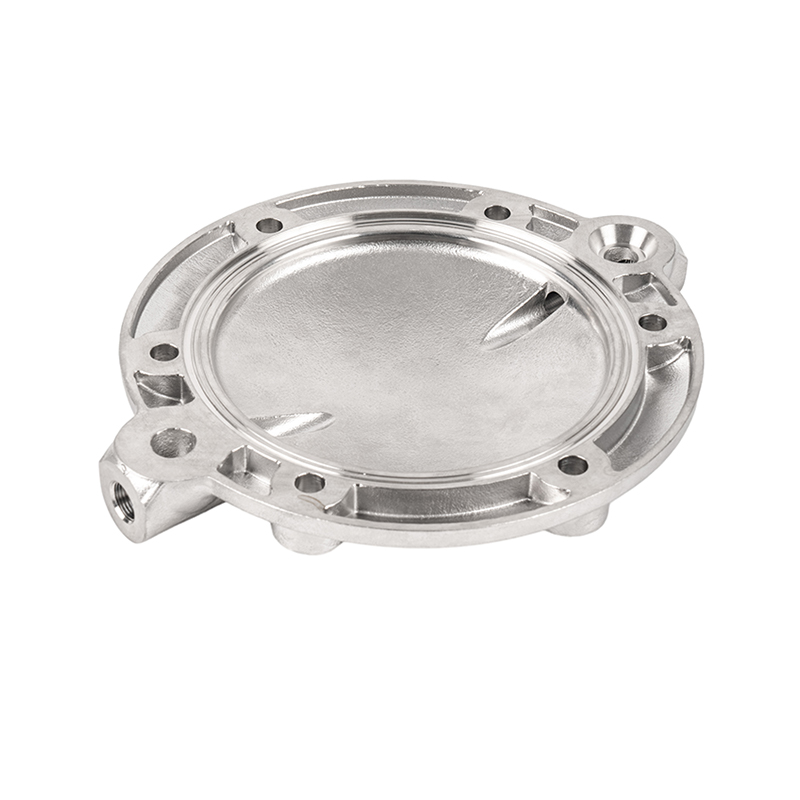What are the factors affecting the casting temperature of precision castings
Precision casting is a high-precision and high-complexity casting process, which is widely used in many high-tech fields such as aerospace, automobile manufacturing and medical equipment. In this process, casting temperature is one of the key factors affecting the quality of castings, which is directly related to the physical properties, surface quality and dimensional accuracy of castings. Therefore, in-depth understanding of the various factors affecting casting temperature is of great practical significance for improving casting quality and production efficiency.
Material properties
There are significant differences in the melting point, fluidity and thermal conductivity of different materials, which directly determine the selection and control of casting temperature. For example, the melting point of aluminum alloy is usually between 600 and 660 degrees Celsius, while the melting point of high-alloy steel is as high as 1400 to 1500 degrees Celsius. Therefore, when selecting casting materials, their melting point and fluidity must be fully considered to ensure that casting is carried out within a suitable temperature range. In addition, the thermal conductivity of the material will also significantly affect the heat conduction efficiency during the casting process, thereby affecting the stability of the casting temperature.
Melting process
The melting process plays a decisive role in the control of casting temperature. Different types of melting equipment (such as induction furnaces, arc furnaces and vacuum melting furnaces) have significant differences in heating efficiency and temperature control accuracy. For example, induction furnaces can heat metal quickly and evenly, and are suitable for controlling higher melting temperatures. Vacuum melting furnaces can melt in a low-oxygen environment, significantly reducing the risk of metal oxidation, and are suitable for high-alloy materials with strict temperature requirements. Therefore, choosing the right melting equipment and process is crucial for accurate control of casting temperature.
Mold temperature
The temperature of the mold has an important influence on the fluidity and solidification speed of the metal during the casting process. If the mold temperature is too low, the casting may cool too quickly, thereby increasing the internal stress and deformation risk of the casting; conversely, if the mold temperature is too high, the casting may be poorly filled. Therefore, before casting, the mold must be properly preheated to ensure that its temperature is in the optimal working range. The preheating temperature of the mold usually needs to be precisely adjusted according to the casting material and the casting process to achieve the best effect.
Environmental factors
Ambient temperature and humidity also affect the control of casting temperature. At lower ambient temperatures, the cooling rate of castings will accelerate, which may cause cracks or deformation. Therefore, the foundry should maintain appropriate temperature and humidity to ensure temperature stability during the casting process. In addition, the smoke and gas generated during the casting process may also affect the temperature, so good ventilation and exhaust facilities are essential.
Casting process parameters
The process parameters in the casting process (such as pouring speed, pouring temperature and cooling speed) also have an important influence on the control of casting temperature. Too fast pouring speed may cause uneven metal flow, thereby increasing the risk of casting defects; while too high pouring temperature may cause metal oxidation and changes in alloy composition. Therefore, during the casting process, the pouring speed and temperature must be adjusted according to the specific situation to ensure that the final quality of the casting meets the expected standards.


 English
English Español
Español русский
русский 中文简体
中文简体

















